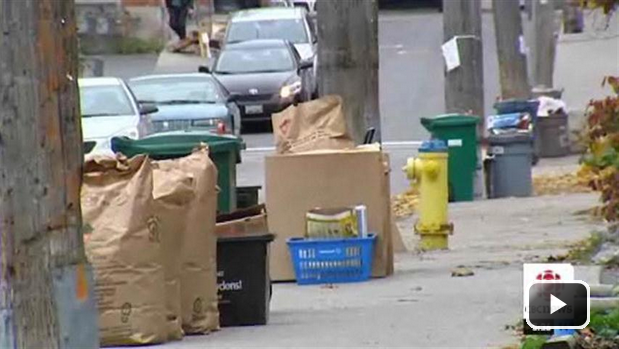The world has an electronic waste problem. This isn’t news, and we’ve been talking about this kind of thing for a while.
Environmental Handling Fees (EHFs) are charged on the sale and distribution of all new electronic products regulated in Ontario. Paid at the time of purchase, the fee reflects the actual program cost to collect, transport and responsibly recycle each electronic category the end of its useful life. The EHF is not a tax, nor is it a refundable deposit. It’s a fee that was introduced by the Ontario Electronic Stewardship. Fees are an effective method for funding recycling programs for the consumer electronic products you purchase.
Here’s the thing. The provincial Liberal government has done a bit of an about face on the EHF, and is eliminating eco fees on consumer electronics and other products – changing waste diversion programs to force manufacturers to package less. Environment and Climate Change Minister Glen Murray introduced new legislation late last year, which is still making it’s way through Queen’s Park. His position is that the existing EHF system is hurting Ontario’s economy.
“A shift to a circular economy encourages businesses to design long-lasting, reusable and easily recyclable products,” according to a 36-page draft document outlining the new approach.
“Transitioning to this type of economy requires a change in the way we think about waste, in how products and packaging are designed to reduce waste, and in how they are managed to maximize resource recovery.”
You can read the act here.
Currently, consumers pay an “environmental handling fee” on new electronics to cover the eventual cost of refurbishing or recycling them. That eco fee, which ranges from 7 cents for a cellphone to $39.50 for a big-screen television, is effectively set by industry cartels so shoppers must pay the levy even if it costs less to recycle a product.
As a result, the province is implementing a new model, which won’t go into effect for about 2 to 4 years as they wind down the existing EHF structure. Once started, manufacturers will have to include recycling fees in a product’s price-tag so it will no longer appear like a tax on the receipt. In other words, it will be built into the price of that new big screen television you’ve been eyeing.
For the record, the province of Ontario has one of the worst recycling rates in Canada and has a stagnant waste-diversion rate of about 25 per cent. That stat has not budged in about 10 years. Studies by groups like the Ontario Waste Management Association contend that an increase to 50 per cent diversion could create 5,000 direct and 17,750 indirect jobs.
What do you think of this legislative change? Share you comments!


